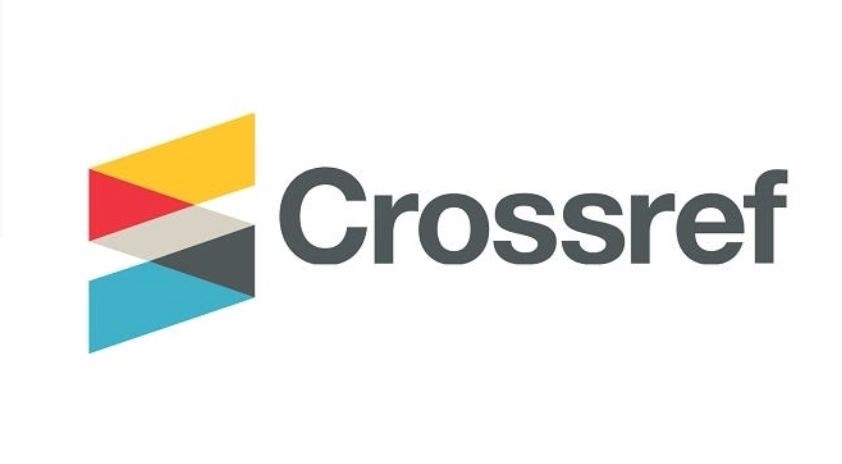Prevalence of Hypochondriasis Disorder among Iraqi Former Prisoners of Iraq-Iran War, 1980-1988
DOI:
https://doi.org/10.58897/injns.v20i1.56Keywords:
prevalence, hypochondriasis, Iraqi prisoners, warAbstract
Objective : To find out the prevalence of Hypochondriasis among Iraqi repatriated prisoners of
Iraq-Iran war, and the relationship with some variables.
Methodology: A descriptive study was carried out from Jan. 2nd , 2006 through May 4th , 2006. A
non-probability accidental sample of 400 repatriates who had visited; Ministry of Human Rights,
Ministry of Health, and Ministry of Defense. A questionnaire was constructed for this purpose, which
consisted of 6 items for demographic data, and 14 items for measuring Hypochondriasis. Reliability
and validity of the questionnaire had been determined through the pilot study (Test and retest) and the
experts panel. Data were collected with using the constructed questionnaire and the process of the
interview as means for data collection. Data were analyzed through the application of descriptive
statistical analysis, which are; percentages, frequencies and inferential statistic analysis (Pearson
correlation coefficient).
Results: The study revealed that the majority of repatriates are inflicted with moderate and severe
levels of Hypochondriasis. The findings also indicated that there is a high significant relationship
between Hypochondriasis relative to; duration of captivity, marital status, level of education, and date
of repatriation.
Recommendations: The study recommends that it is very important to establish special mental health
services centers within the primary health care centers deal with those repatriates for counseling and in
order to diagnose and treat them and further studies in this field with follow-up studies for the.















